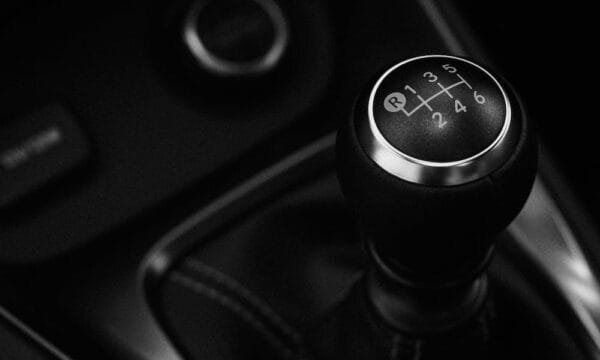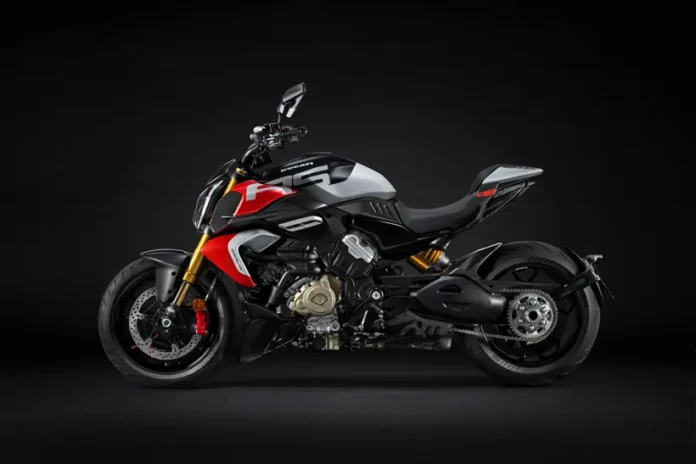Manual transmission cars might be a dying breed, but for those who love the driving experience, they’re irreplaceable. Even as manual cars make up less than 2% of new vehicle sales in recent years, millions still enjoy the feeling of full control and connection that a stick shift offers.
That said, driving a manual in heavy stop-and-go traffic can be a real challenge — especially when your left foot starts protesting from all that clutch work. Luckily, with some smart techniques and practice, you can reduce the strain, protect your car, and keep your drive smooth even in bumper-to-bumper conditions.

Why Manual Driving in Traffic is Tricky (But Worth It)
Traffic jams mean constant clutch use: shifting between gears, creeping forward, and stopping repeatedly. This can cause fatigue in your left leg and increase wear on your clutch if you’re not careful. Plus, stalling or jerking can happen easily if you’re not confident with low-speed control.
But manual transmissions reward drivers with more engagement, better control of the car’s power, and often a more fuel-efficient drive when done right. So it’s worth learning to master the stick — even in heavy traffic.
5 Tips for Driving Stick Shift in Heavy Traffic
1. Stay in First Gear as Long as You Can
First gear can be tricky, but it’s your best friend when moving slowly. Depending on your vehicle, you can often stay in first gear up to around 5–10 mph (8–16 km/h), which helps avoid constant clutch presses and shifts.
Keep a safe distance from the car ahead — about one car length — so you can modulate your speed smoothly without frequent stops. Avoid aggressive acceleration and sudden braking; they only increase clutch wear and fuel consumption.
Important: Don’t “ride the clutch” — resting your foot on the pedal unnecessarily will wear it out quickly.
2. Use Neutral Whenever Possible
If you feel your car starting to stall or shudder at very low speeds, depress the clutch and shift into neutral. This lets you coast gently and use the brakes without stressing the engine or clutch.
However, be extra alert when in neutral — your car won’t have engine braking, so keep your foot ready on the brake pedal to prevent collisions.
3. Shift Up When Traffic Speeds Up
As traffic starts moving faster, it’s time to shift to second gear. Listen for the engine revs rising — many cars have a tachometer or even a shift indicator light.
Generally, shift to second gear around 10–15 mph (16–24 km/h), then hold second gear as long as traffic allows (some cars let you use second gear up to 30 mph or 48 km/h). Keeping space between you and the car ahead (2–3 car lengths) gives you room to adjust speed smoothly without constant stops.
If traffic slows dramatically, you may need to downshift or return to first gear. If your car vibrates or struggles, it’s a sign to downshift or shift to neutral.
4. Don’t Be Afraid to Skip Gears
Experienced drivers sometimes skip gears — for example, moving directly from neutral or a slow crawl to second gear without stopping in first. This can reduce clutch wear and help keep your car moving smoothly.
But be cautious: skipping gears requires good familiarity with your car’s behavior to avoid stalling or jerking.
5. Shift Higher as Traffic Flows Faster, Downshift When It Slows
When traffic speeds increase, progress through third gear and beyond as needed. Conversely, when traffic slows or stops, downshift to keep engine power responsive.
Avoid coasting in neutral at high speeds, as it reduces control and can be dangerous.
Extra Tips to Reduce Fatigue and Protect Your Clutch
-
Adjust your seat so your left foot can comfortably reach the clutch pedal without strain.
-
Use the dead pedal (footrest) when stopped or coasting to rest your foot.
-
Anticipate traffic by looking ahead; this helps avoid unnecessary stops.
-
When stopped on an incline, use the handbrake hill start technique to ease clutch strain.
-
Avoid holding the clutch half-engaged to prevent burning the clutch plate.
Manual Transmission: Still Alive in a Mostly Automatic World
While manual cars have become niche, some models still have a loyal following — sports cars like the Subaru WRX, Toyota GR86, and others often come with manual options. As electric vehicles rise, the era of stick shifts may wane further, but for many enthusiasts, the thrill and control remain unmatched.
Final Thoughts
Driving a manual transmission in heavy traffic isn’t easy, but it’s definitely rewarding with the right skills. By using first gear smartly, shifting smoothly, and resting your foot whenever possible, you’ll reduce fatigue and protect your vehicle.
With practice and patience, you’ll not only survive traffic jams but enjoy the unique connection only a stick shift can offer.



